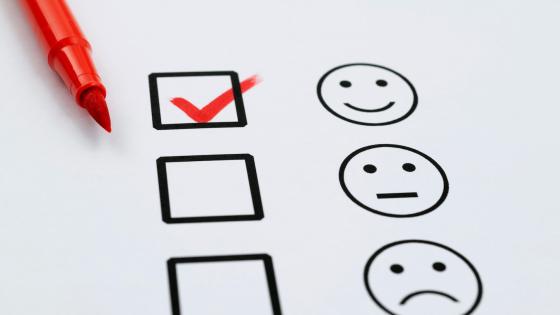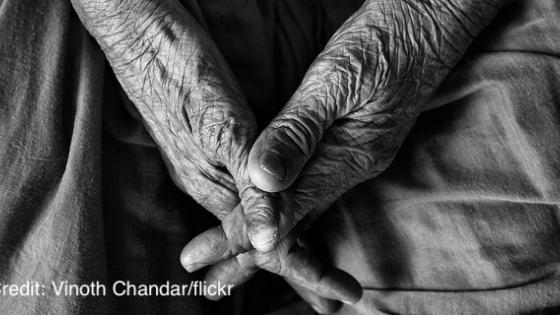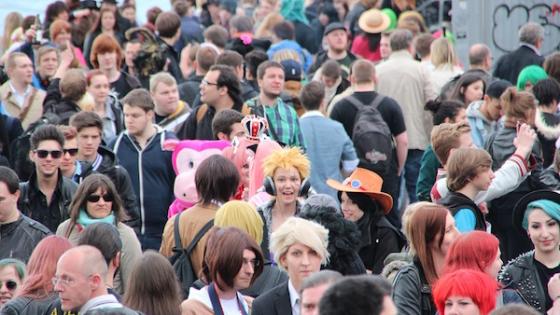Economists have begun to get used to the idea that quantifying subjective wellbeing may be useful for policy purposes (Reiss et al. 2017). Some have even promoted ‘wellbeing creation’ instead of wealth creation as the key policy target for governments (Ward et al. 2016). Ever since the Sarkozy-Stiglitz Commission (Stiglitz et al. 2008) promoted the importance of wellbeing as a measure of progress to complement GDP, countries have been keen to check their position in various world rankings, including the OECD's Better Life Index and the World Bank’s Human Development Index. But it is the rankings contained in the World Happiness Report, based on the Gallup World Poll, that generate the greatest interest. The survey is unusual in using the same survey instrument and the same survey methodology to gather information on citizens’ wellbeing across countries around the globe. Until now, those rankings have tended to focus on a subset of measures that have dominated the debate on wellbeing – life satisfaction and, more recently, Cantril’s Ladder,
which is used in the most recent report (Helliwell et al. 2022).
A couple of important findings emerge from this literature. First, Scandinavian countries tend to do rather well: the citizens of Denmark, Finland, Sweden, Iceland, and Norway are among the top ranked countries. They also tend to be countries with high levels of social protection and low inequality, unlike liberal western nations such as the US and the UK that come lower down the rankings. Second, other developed countries seem to do pretty well, and poorer nations less well.
The position of the US has occasioned particular interest because, despite its high ranking in terms of GDP per capita, it is also the country known to suffer from what Case and Deaton (2020) have referred to as an epidemic of ‘deaths of despair’.
Our new study (Blanchflower and Bryson 2022) revisits the issue, combining Gallup World Poll data from 2009–2017 of nearly two million individuals in 164 countries with data from the Gallup Daily Tracker, a survey of two and a half million Americans using the same wellbeing metrics as those in the Gallup World Poll. The big advantage of the Gallup Daily Tracker is its sample size. It allows us to construct wellbeing metrics for the separate states of the US, so that we can incorporate them for the first time in the wellbeing rankings across the world.
To construct robust rankings, we go beyond the traditional focus on single metrics. Instead, we rank the 215 geographical locations (164 countries, 50 US states and the District of Columbia) on eight metrics. Of these, four capture wellbeing (Cantril, enjoyment, well-rested, and smiling) and four capture illbeing (pain, sadness, worry, and anger). We run wellbeing regressions controlling for age, age squared, a male dummy, and year dummies, recovering the country fixed effects coefficients as the basis for our country/state rankings. We reverse code the illbeing metrics so that together we have eight sets of rankings. We simply sum these rankings together, where 1 is the happiest place and 215 is the least happy place. This implicitly gives equal weight to each wellbeing metric.
We find that the top seven ranked of the 215 geographical locations are US states. Top is Hawaii, followed by (in order) Minnesota, North Dakota, South Dakota, Iowa, Nebraska, and Kansas, with Alaska ninth and Wisconsin tenth. Only one US state ranks outside the top 100 – West Virginia (122nd). The lowest ranked country in the world is Iraq, with South Sudan second from the bottom. The Nordic countries, which traditionally rank highly using life satisfaction measures, do not rank as highly with other measures.
If we consider the wellbeing and illbeing rankings separately, we find US states do better on wellbeing than they do when ranked on illbeing. Positive and negative effects are not simply the mirror images of one another.
It is well-known that there are difficulties comparing the wellbeing of individuals based on ordinal scales, particularly when societal norms affecting individuals’ reference points differ markedly across countries (Bond and Lang 2019, Chevalier and Fielding 2011). So perhaps the comparative wellbeing of Americans is not what it seems? However, we show that the country scores are externally validated: higher wellbeing is associated with greater freedom to make life choices, more generosity, lower corruption rates, more social support, and higher income. The correlation with income is particularly interesting given the debate about the marginal welfare returns to rising income (Easterlin 1974). In country panel estimates, we find that within a country over time, rising GDP is associated with reductions in negative effects and rising positive effects.
There is, however, another methodological issue raised by our study. If we aggregate wellbeing scores for Americans using the Gallup World Poll, then do the same with the non-overlapping sample from the Gallup Daily Tracker and plug these scores into the world wellbeing rankings, we get different results. On the Gallup World Poll, the US ranks 88th, lower than every US state except Kentucky and West Virginia from the Gallup Daily Tracker . We prefer the Daily Tracker because the sample size is more than 200 times larger; also, because of the way the Dakily Tracker is sampled, it is likely more representative of the diverse population in the US than the World Poll, which relies on roughly 12,000 observations with a sampling procedure that does not stratify by location. That’s fine, so far as it goes, but it raises a wider question for the Gallup World Poll: just how useful is it in capturing wellbeing in other large countries with diverse populations? Our hunch is that it is likely to provide an accurate picture for smaller, more homogenous populations, but might be less robust in capturing wellbeing in larger, diverse countries.
The differences in the rankings of the US based on the Gallup World Poll and the Daily Tracker are troubling. Still, based on the superior Daily Tracker data, it appears that the US is a country where citizens express high levels of wellbeing compared to other countries.
References
Blanchflower, D G and A Bryson (2022), “Wellbeing Rankings”, NBER Working Paper #30759.
Bond, T N and K Lang (2019), “The sad truth about happiness scales”, Journal of Political Economy 127(4): 1629–1640.
Case, A and A Deaton (2020), Deaths of Despair and the Future of Capitalism, Princeton University Press.
Chevalier, A and A Fielding (2011), “An introduction to anchoring vignettes”, Journal of the Royal Statistical Society Series A 174(3): 569–574
Easterlin, R A (1974), “Does economic growth improve the human lot? Some empirical evidence”, in Nations and households in economic growth: Essays in honor of Moses Abramowitz, Academic Press, pp. 89 –125.
Helliwell, J, R Layard, J D Sachs, J E De Neve, L Aknin and S Wang (2022), World Happiness Report, United Nations.
Reiss, R, M McMahon, M Ellison, E Ilzetzki and W Den Hann (2017), “Happiness and wellbeing as objectives of macroeconomic policy: views of economists”, VoxEU.org, 30 March.
Stiglitz, J E, A Sen and J P Fitoussi (2008), Report by the Commission on the Measurement of Economic Performance and Social Progress.
Ward, G, N Powdthavee, S Fleche, R Layard and A Clark (2016), “Origins of happiness: evidence and policy implications”, VoxEU.org, 12 December.



